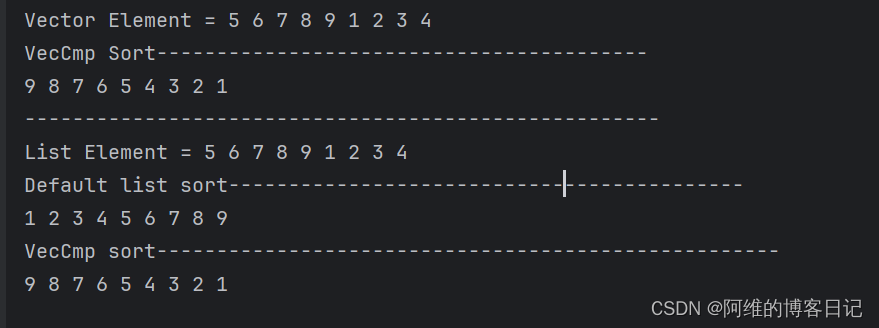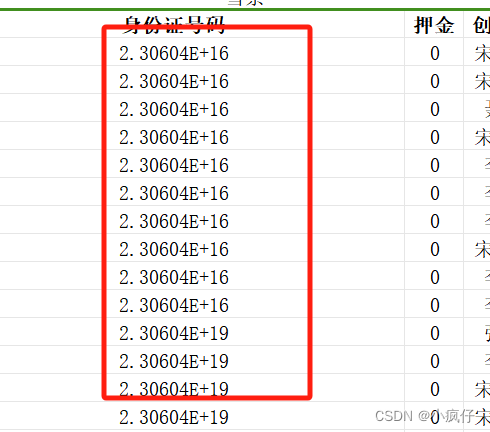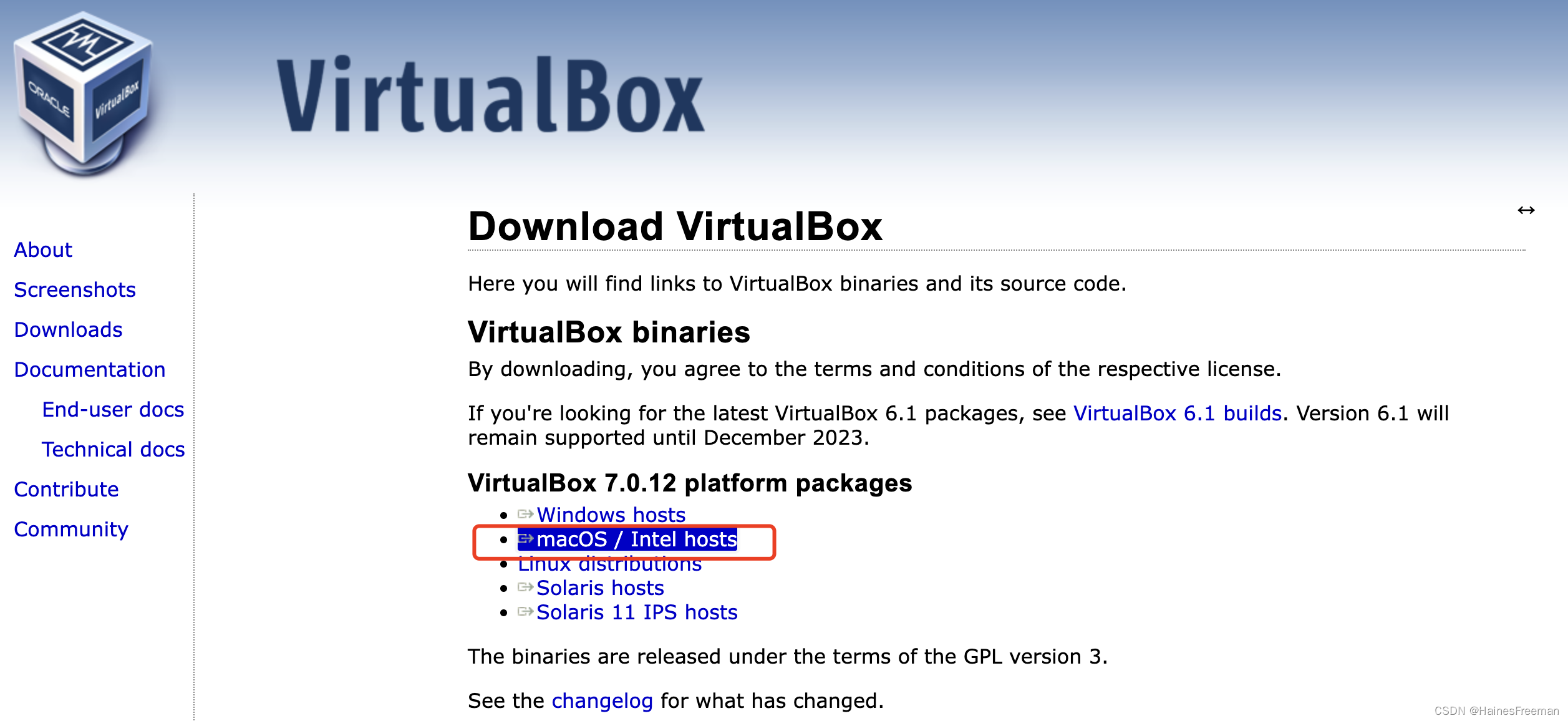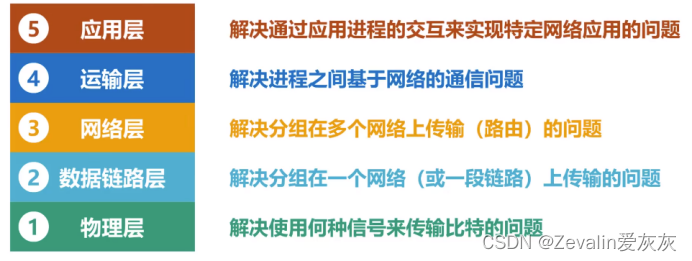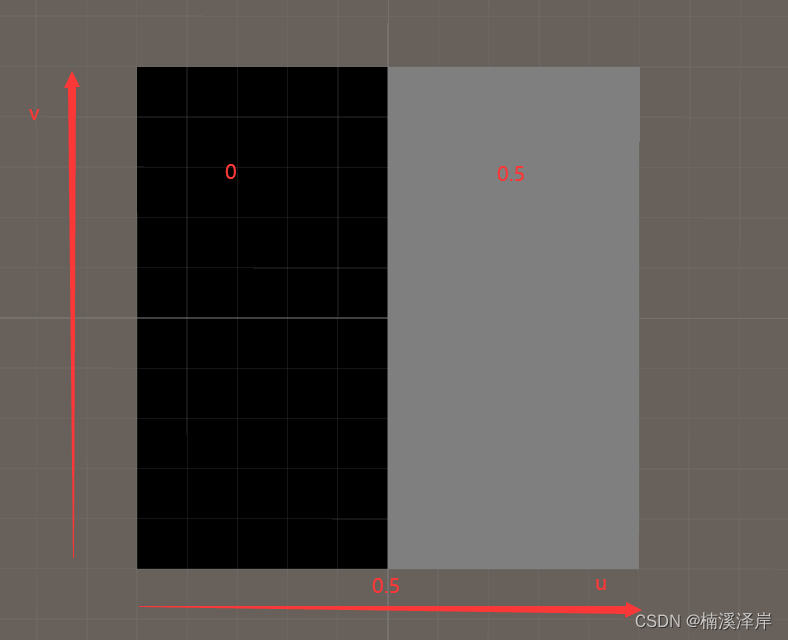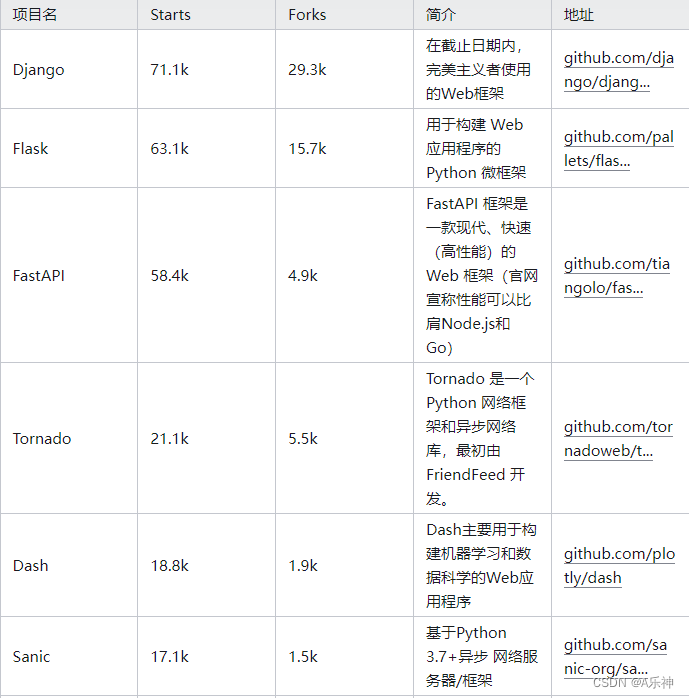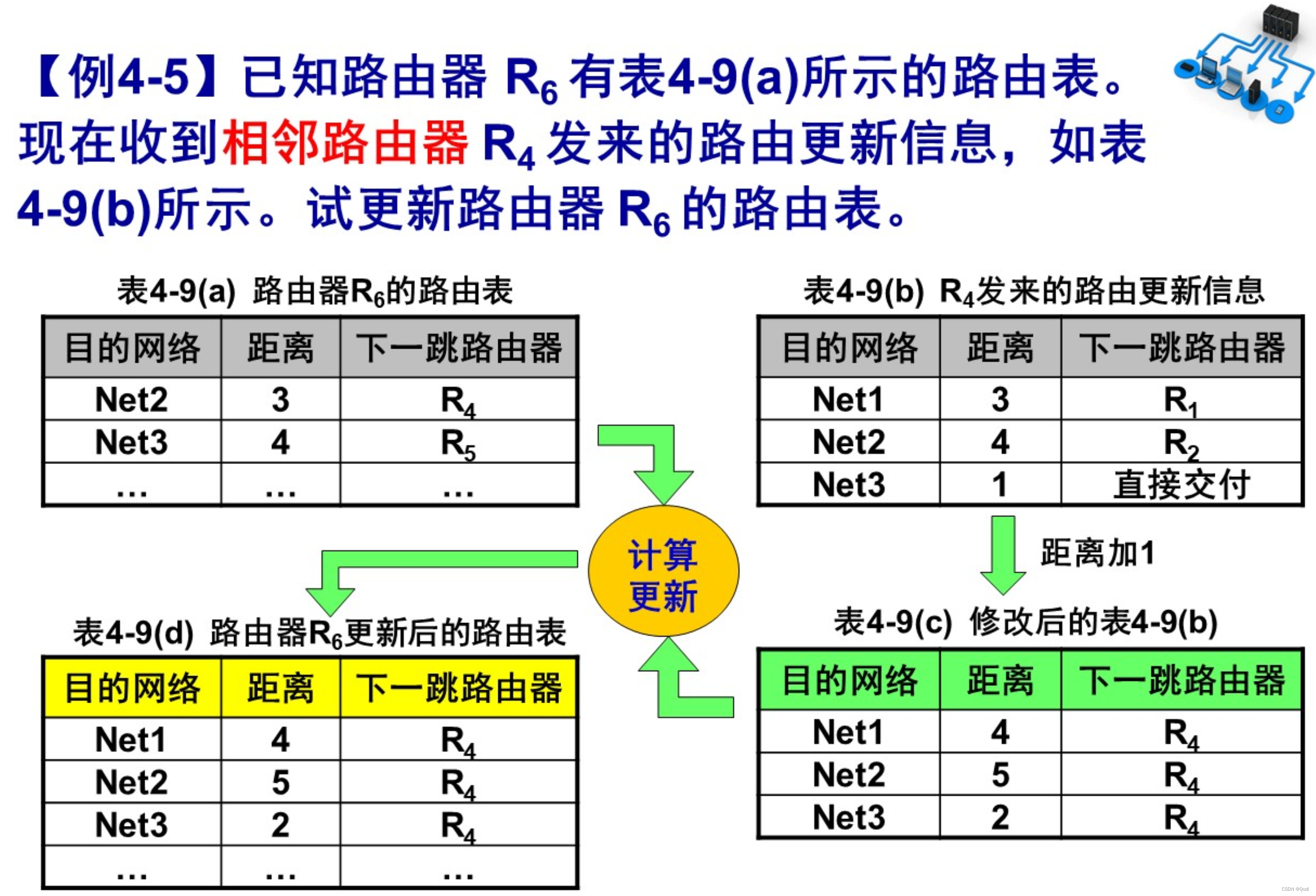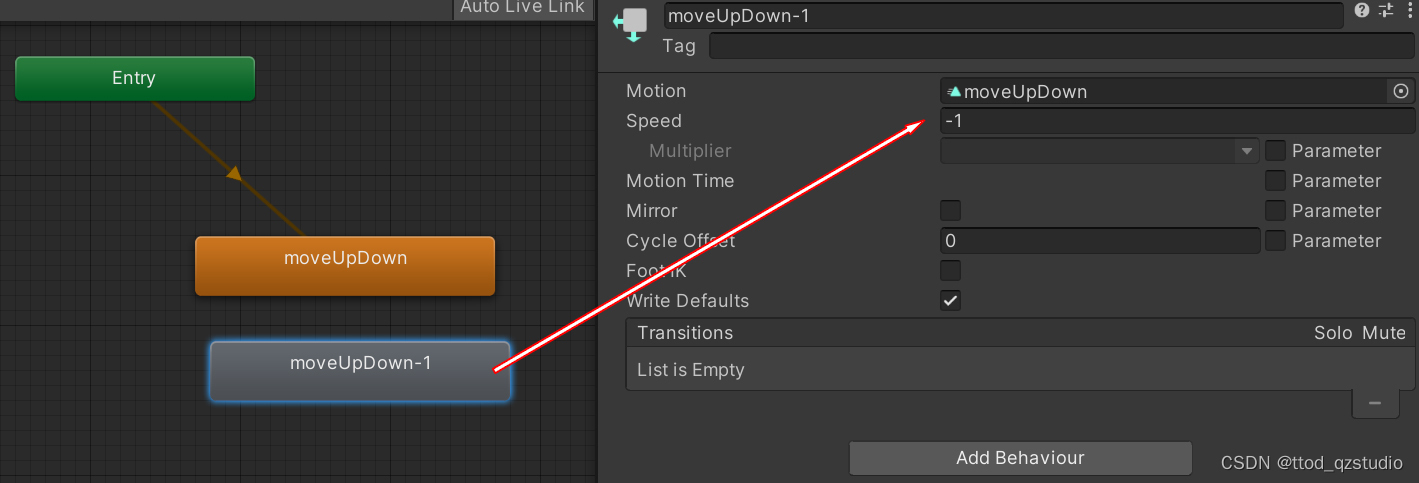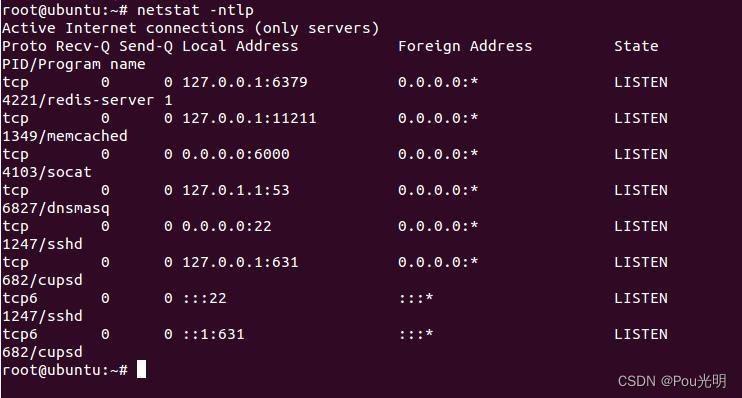python3 自定义比较器/比较函数
python3 自带的排序函数
sort()、 sorted() 等,可以自定义 比较器,实现特殊需求,以下介绍 3 种常见的实现方法。 比如现在有二维空间中的 3 个点,需要对它们进行排序,规则是:先按 x 坐标排序,如果相同,则按 y 坐标排序。
class Pos:
"""
坐标类
"""
def __init__(self, x = 0, y = 0):
self.x = x
self.y = y
def __str__(self):
return ('(%s, %s)' % (self.x, self.y))
def print_list(l):
"""
打印坐标数组
"""
print(','.join([str(t) for t in l]))
# 待排序的3个坐标,正确的排序结果应该是:(2, 4),(2, 5),(5, 1)
l = [Pos(5, 1), Pos(2,5), Pos(2, 4)]
方法一:自定义比较项
可以通过修改 key= 参数,使用 lambda 将输入的元素映射成一个值,这个值就代表了这个元素的大小。
比如,根据坐标类的比较规则(先比较 x 再比较 y),可以将每个坐标映射成:1000 * x + y,这个值就可以代表这个坐标的大小,容易看出是满足比较规则的(前提条件是 y 不会超过 1000)。
l1 = sorted(l, key=lambda t : 1000 * t.x + t.y)
print_list(l1)
结果为:(2, 4),(2, 5),(5, 1)
方法二:自定义比较方法
可以通过修改 key= 参数,并借助内置的 cmp_to_key ,重写对两个元素的比较方法。
比如,可以直接将坐标的比较规则用代码写出来(可以新建一个函数,也可以直接使用lambda),作为新的比较方法。
from functools import cmp_to_key
def cmp(t1, t2):
"""
比较函数,需要满足:t1>t2则返回正数,t1=t0则返回0,t1<t2则返回负数。
"""
if t1.x == t2.x:
return t1.y - t2.y
return t1.x - t2.x
# 新建cmp函数
l2 = sorted(l, key=cmp_to_key(cmp))
print_list(l2)
# 使用lambda
l3 = sorted(l, key=cmp_to_key(lambda a, b : a.x - b.x if a.x != b.x else a.y - b.y))
print_list(l3)
l2`和`l3`的结果均为:`(2, 4),(2, 5),(5, 1)
方法三:自定义运算符
可以在类中重写比较函数,然后可以直接使用常规的比较运算符来判断两个对象(都属于这个类)的大小。
Python2 中可以直接重写__cmp__方法来实现比较,但是 Python3 中已经取消了,Python3 中需要细分每一个比较运算符:
__lt__: <
__gt__: >
__ge__: >=
__eq__: ==
__le__: <=
比如,我们可以在 Pos 类中重写这 5 种方法,作为不同 Pos 之间相互比较的规则。
重新定义 Pos 类:
class Pos:
def __init__(self, x = 0, y = 0):
self.x = x
self.y = y
def __str__(self):
return ('(%s, %s)' % (self.x, self.y))
def __lt__(self, other):
return self.x < other.x if self.x != other.x else self.y < other.y
def __gt__(self, other):
return self.x > other.x if self.x != other.x else self.y > other.y
def __ge__(self, other):
return self.x >= other.x if self.x != other.x else self.y >= other.y
def __eq__(self, other):
return self.x == other.x and self.y == other.y
def __le__(self, other):
return self.x <= other.x if self.x != other.x else self.y <= other.y
这样的话,就可以将 Pos 类当做简单的基本类型数值,可以直接进行比较大小,也适用于所有排序方法。
#测试自定义运算符
print(Pos(5,1) > Pos(2,4)) # 输出 True
print(Pos(5,2) < Pos(5,1)) # 输出 False
# 排序
l4 = sorted(l)
print_list(l4)
结果为:(2, 4),(2, 5),(5, 1)


